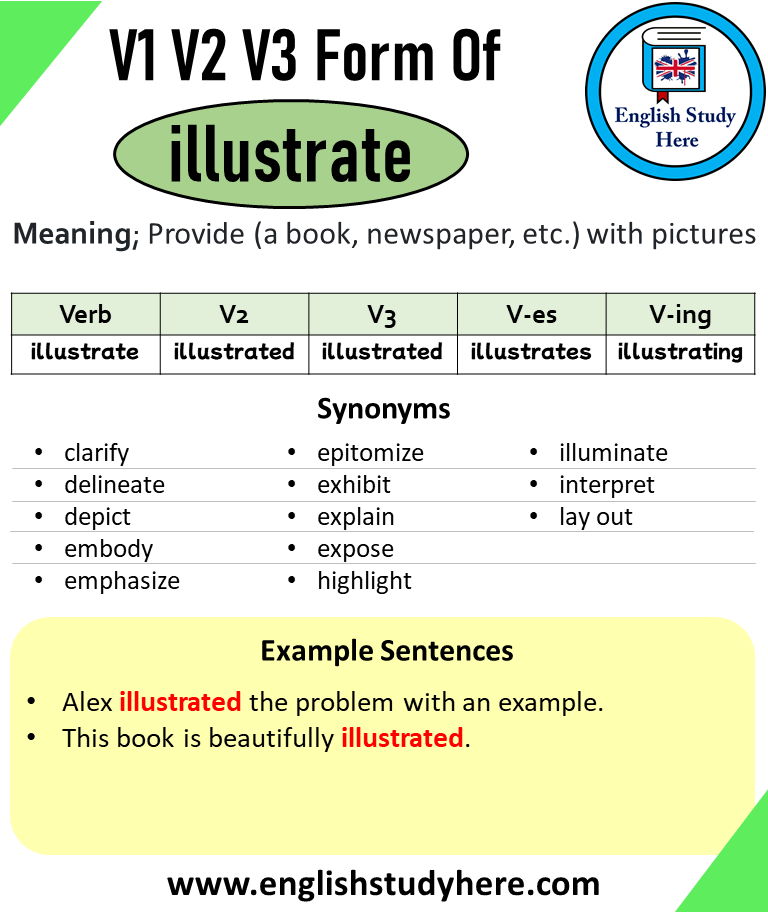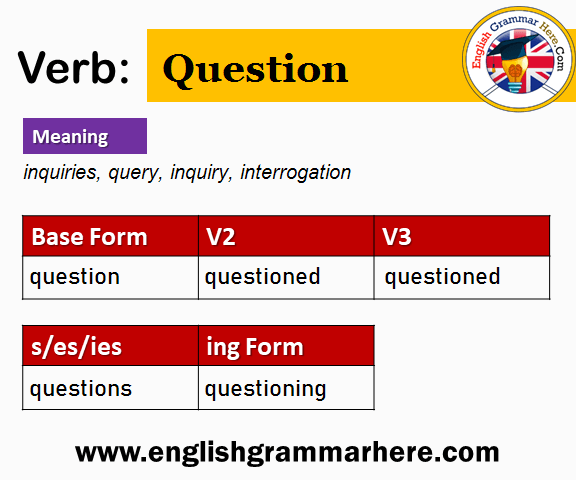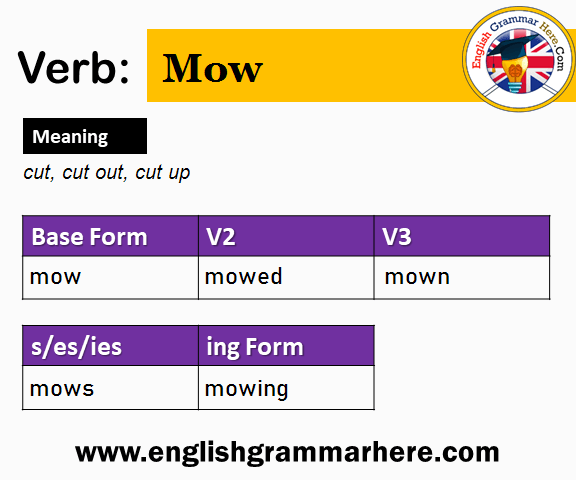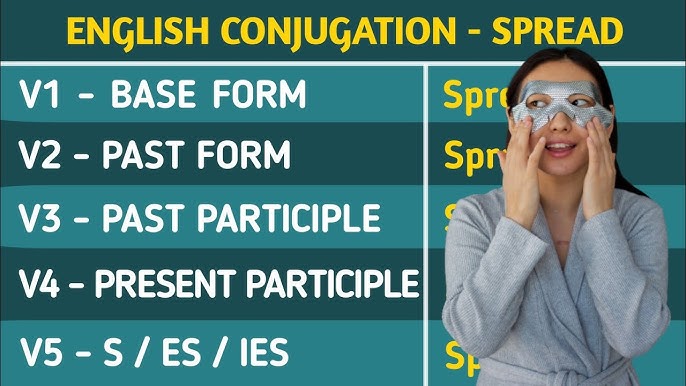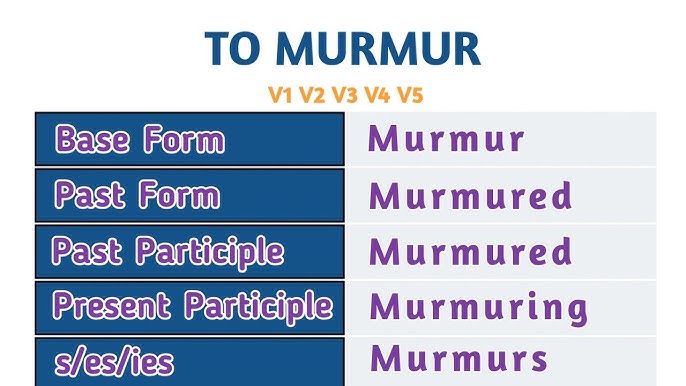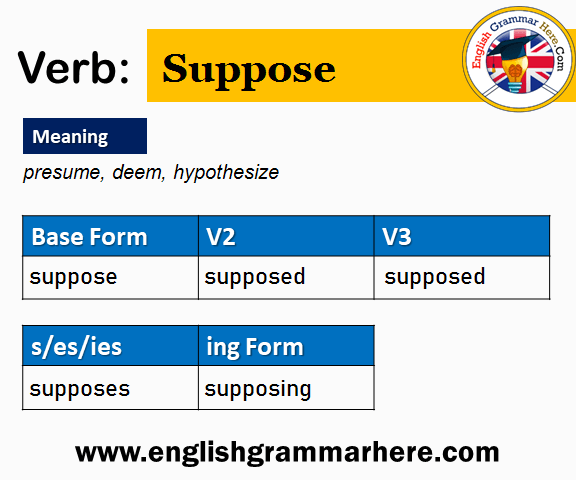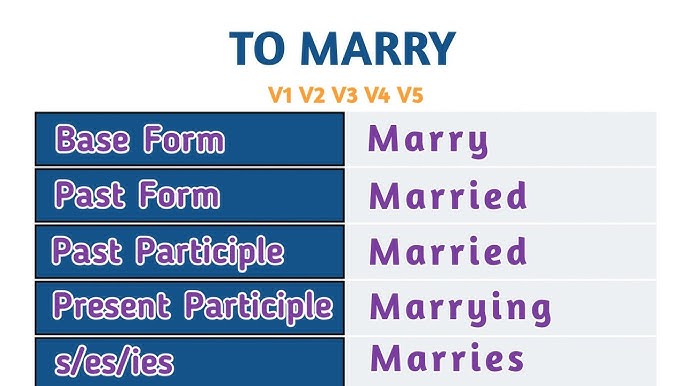Illustrate Past And Past Participle Form – V1 V2 V3 V4 V5 Form of Illustrate
Are you struggling to master English verbs, especially when it comes to the tricky past and past participle forms? You’re not alone.
Many learners find themselves puzzled by the different verb forms, particularly when dealing with verbs like “illustrate. ” Understanding the V1, V2, V3, V4, and V5 forms of verbs is crucial for anyone looking to improve their English language skills.
By the end of this article, you’ll have a clear grasp of how “illustrate” changes across these forms and how you can use each one effectively in your writing and conversation. Keep reading to unlock the secrets of these verb forms and make your English more fluent and engaging.
What is Illustrate?
The verb illustrate has two primary meanings related to making something clear or visible, and it comes from the Latin word illustrāre, meaning “to light up or enlighten.”
Definitions and Meanings
Here are the two main ways the verb “illustrate” is used:
1. To Clarify by Example (Thematic)
To illustrate means to show the meaning or truth of something more clearly, especially by giving examples, stories, analogies, or figures.
- Synonyms: exemplify, demonstrate, clarify, explain, show.
- Context: Used when explaining an abstract idea, a rule, a point in an argument, or a situation.
2. To Decorate with Pictures (Visual)
To illustrate means to furnish a book, article, or other text with drawings, pictures, diagrams, or other artwork intended for explanation, elucidation, or adornment.
Shutterstock
- Synonyms: depict, picture, adorn, draw.
- Context: Used when describing the design or content of publications.
Examples
Examples for Meaning 1 (To Clarify)
- To explain a point: The professor used a simple story to illustrate the complex economic concept.
- To demonstrate a truth: The steady decline in sales figures illustrates how crucial it is to change our marketing strategy.
- To show a situation: The family’s difficult journey illustrates the true cost of the refugee crisis.
Examples for Meaning 2 (To Decorate with Pictures)
- Regarding a publication: The new children’s book is beautifully illustrated with watercolor paintings.
- Regarding a person’s job: She is both a writer and an artist; she often illustrates her own travel articles.
- Regarding visual aids: The lecture was illustrated with a series of slides showing historical maps.
Forms of the Verb “Illustrate”
| Form | Name | Form | Example Sentence |
|---|---|---|---|
| V1 | Base Form / Present Simple | illustrate | I will illustrate my point with a chart. |
| V2 | Simple Past | illustrated | She illustrated the book last year. |
| V3 | Past Participle | illustrated | The results have already been illustrated in the appendix. |
| V4 | Present Participle / Gerund | illustrating | He is currently illustrating the process step-by-step. |
| V5 | Third Person Singular Present | illustrates | The diagram clearly illustrates the structure. |
Key Past Forms (V2 and V3)
Since “illustrate” is a regular verb, its V2 and V3 forms are the same: illustrated.
V2: Simple Past Tense
The simple past (V2) is used for a completed action that took place at a definite time in the past.
Example:
The architect illustrated the new building design for the client yesterday.
V3: Past Participle
The past participle (V3) is used in perfect tenses or the passive voice.
Perfect Tense Example:
We have illustrated the entire catalog with new photographs.
Passive Voice Example:
The findings were illustrated by a series of graphs.
Illustrate In Present TenseIllustrate Past And Past Participle Form V1 V2 V3 V4 V5 Form of Illustrate
The word “illustrate” describes showing or explaining something. In its V1 form, it is “illustrate”. This form is used for current actions. For example, “I illustrate with pictures.” In the V2 form, it becomes “illustrated”. This shows past actions. For instance, “She illustrated her story.” The V3 form is also “illustrated”. It’s used in perfect tenses. Like, “We have illustrated the plan.” In the V4 form, it is “illustrating”. This shows ongoing actions. Example: “They are illustrating now.” Lastly, the V5 formis “illustrates”. This is for third-person singular present tense. Such as, “He illustrates well.”
Illustrate In Past Tense
The past tense form of illustrateis illustrated. We use it to talk about actions that happened before. For example, “She illustrateda book last year.”
The past participle form is also illustrated. It is used with helping verbs like “has” or “had.” An example is, “He has illustratedmany books.”
| Form | Example |
|---|---|
| V1 | Illustrate |
| V2 | Illustrated |
| V3 | Illustrated |
| V4 | Illustrating |
| V5 | Illustrates |
Illustrate In Past Participle
Illustratemeans to show or explain with pictures. The past tense is illustrated. The past participle is also illustrated.
Here is a table for the forms of illustrate:
| V1 | V2 | V3 | V4 | V5 |
|---|---|---|---|---|
| illustrate | illustrated | illustrated | illustrating | illustrates |
Use illustratedfor past actions. For example, “She illustrateda book yesterday.” The present participle is illustrating. The third person singular is illustrates.
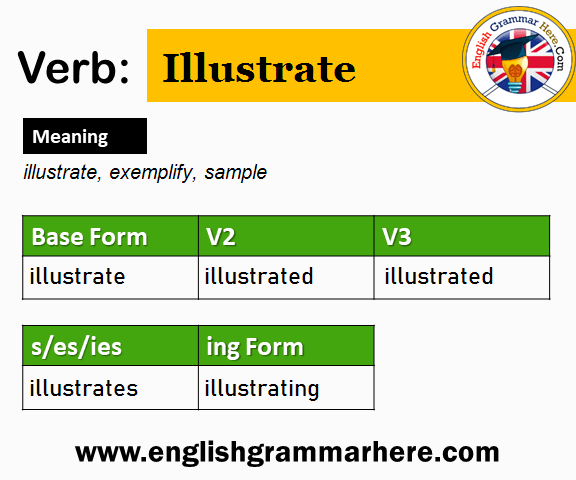
Credit: englishgrammarhere.com

Credit: englishgrammarhere.com
Conclusion
Understanding the forms of “illustrate” helps in language learning. The V1, V2, V3, V4, and V5 forms are essential. Knowing them aids in writing and speaking clearly. Practice these forms to improve English skills. They show different tenses and actions.
Use them to express ideas accurately. With practice, using these forms becomes natural. Consistent usage builds confidence in communication. Remember, language learning is a journey. Keep practicing. Stay curious. You’ll see improvement over time. Celebrate small victories along the way.
Happy learning!
